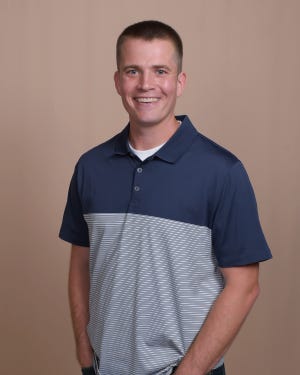Dr. Jordan Duncan
Sometimes the most important discoveries happen by accident.
This was the case of Scottish biologist Alexander Fleming, who returned from vacation to find a bluish-green mold growing around the bacteria in his Petri dish. After leaving the mold open, he not only found the mold, but also discovered that it secreted a substance that inhibited the growth of the bacteria. This eventually led to the development of the antibiotic penicillin.
A similar chance encounter changed the course of musculoskeletal medicine.
It happened on Wednesday, 1956, when a young New Zealand physiotherapist, Robin McKenzie, was treating a patient. In particular, a male patient known as Mr. Smith was scheduled for that afternoon. For the past three weeks, Robin has been treating pain in his lower back on Mr. Smith’s right side. Despite the use of conventional treatments at the time, Mr. Smith’s symptoms did not improve at all.
